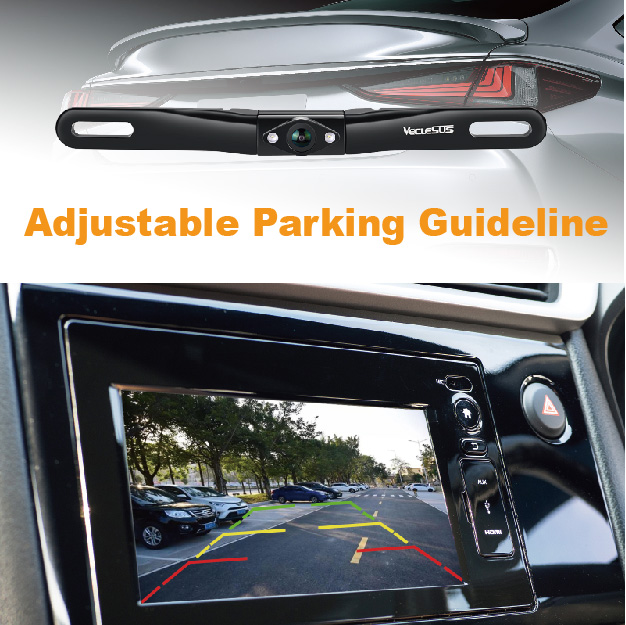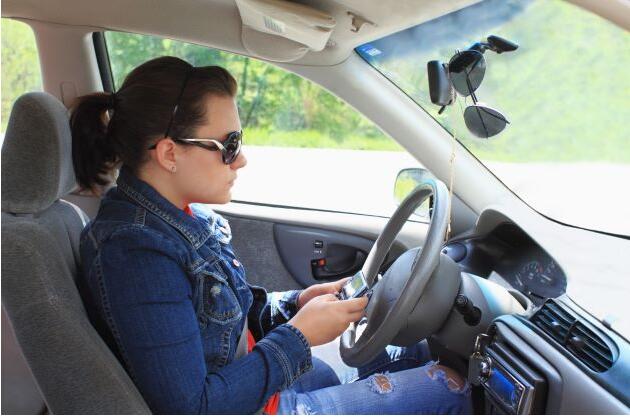POWERING YOUR BACKUP CAMERA
Backup cameras are an effective way to prevent car accidents that they are becoming mandatory for car manufacturers by 2018. However, many trucks, SUVs, and other old vehicles aren't equipped with the backup susyem yet.
If your vehicle doesn't have a backup camera, you can still take advantage of this life-saving safety feature by installing an aftermarket rearview camera that's compatible with your vehicle. This installation must include a connection to an existing power source.
Understanding Your Backup Camera Power Supply
Fortunately, your vehicle is already full of electricity. It powers your headlights, reverse lights, motorized seats, air conditioning, and many other features throughout the interior and exterior. However, if your electrical system wasn't designed to accommodate a backup camera, you can't simply plug it in and hit the road. Your rearview camera requires both a wired source and a power source that's grounded to your chassis, but it also needs to know when to turn on and off.
Your ideal power source and installation methods depend on your vehicle's design and electrical system, your specific backup camera's design and electrical needs, and whether it will connect to an after-market monitor. It's important to comply with your rearview camera manufacturer's instructions before installation.
The most common backup camera power sources include the following options:
Reverse Lighting
Your tail lights are a very convenient source of backup camera power, and not just because they're already in the rear of your vehicle (where the camera will be installed). They also already receive an electrical signal that turns them on when you put your vehicle into reverse. Unless you want to leave your backup camera on at all times, which can possibly decrease its lifespan, it will need to receive this signal too. Always be sure to make your connections watertight to avoid any corrosion issues on down the road.
Fuse box Electricity
Fuse box is the most ideal area to make your power connections since nothing will be exposed to the outside elements, such as rain, snow and ice. However, it's important to know exactly what you're doing before you begin. Every vehicle has a different wiring schematic so in most cases a simple 12 volt tester will be your best friend for finding a quality reverse activated power source. You will also have run the backup camera's power cord into your vehicle by drilling a hole or using an existing opening, such as a cable grommet or other opening.
Video/Power Combination
Many backup cameras systems have a complex video connection, which means you'll need to run a separate input wire into your vehicle in order to receive a video signal. However, some have a multi-pin cable that incorporates both video and power into one cord. This can greatly simplify your installation but be sure that the cable is protected under the vehicle as these wires are typically susceptible to damage from road debris and pinch points on the vehicle.
Important Tips for Powering Backup Cameras
Some backup camera kits include monitors or mirrors that are turned off and on automatically when you go to reverse. By making the connections inside the cabin, as outlined above, you can take advantage of the same reverse trigger wire power source that was used for the camera to trigger the mirror as well.
It's also important to test the power before you fully complete the installation. If you dismantled panels or drilled holes in your vehicle in order to access the electrical system (or hide the wires), you won't want to start all over again when the rearview camera doesn't function at full capacity. Make sure the input and output are working as intended, and that the camera's signal reaches the screen inside without interference.
Of course, safety should be your biggest priority throughout the process. If you're not comfortable splicing wires or permanently altering your vehicle, you may want to consider a professional installation. If your vehicle has a complicated electrical system you shouldn't cut into it without doing extensive research or enlisting the help of an expert or our Veclesus support.
Lastly, if you don't have access to a clean, well-lit work space or all the recommended tools and parts, don’t risk it. Your automaker and your backup camera's manufacturer designed their products to rely on specific wired connections and specific installation methods. Even if you manage to safely use alternatives, your camera may not function properly.
If you have questions or concerns about powering your backup camera on your vehicle, contact our Veclesus support for installation assistance.



